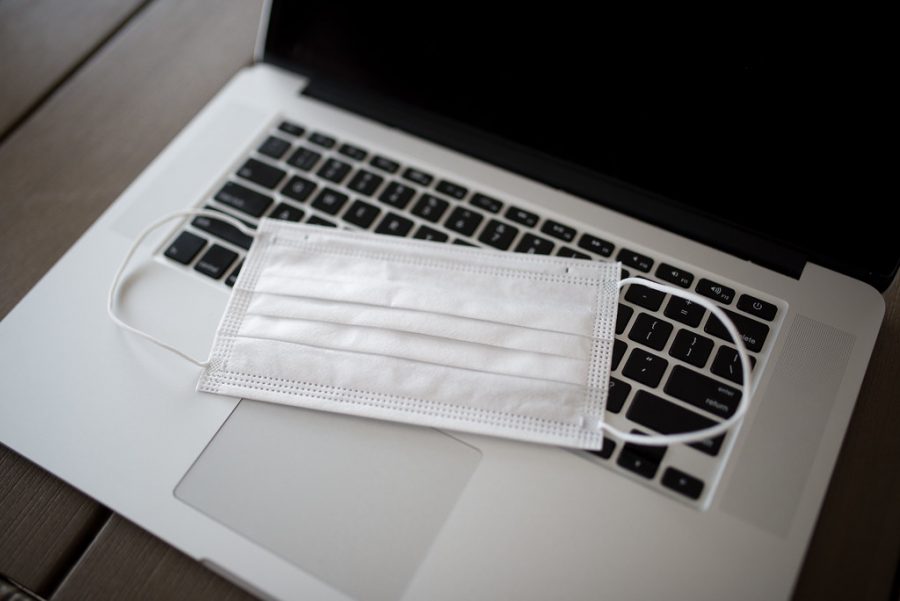Research proves which masks are most effective in combating the coronavirus
Masks have become essential tools during the coronavirus pandemic, but only certain types are actually effective.
September 22, 2020
As the coronavirus continues to surge throughout the U.S., one of the most important tools right now is an effective mask. With so many options, it can be difficult to pinpoint ones that will work most efficiently, while also fitting their intended use. Whereas healthcare workers require N-95 respirators or surgical masks, the general public is recommended a simpler, yet still safe, mask.
The most important factors in a mask are that they are breathable, snugly fit the face, and have two or more layers for protection. The Centers for Disease Control and Prevention, or CDC, does not recommend masks made of materials such as plastic or vinyl as they make it hard to breathe. For the general public, they suggest a cloth or cotton fabric.
According to research studies at John Hopkins University and Duke University, gaiters and bandanas are the least effective face coverings. They even suggested that wearing a gaiter may be worse than no covering at all. Dr. Martin Fischer from Duke’s Chemistry Department attributed this to the gaiter textiles breaking larger particles into smaller ones, allowing them to pass through the gaiter.
For bandanas, they found a similar lack of coverage. The majority of people don’t securely fasten the bandana against their face, allowing particles to escape as well as enter. Though, in Duke’s experiment to test masks, they found that bandanas were still extremely ineffective when securely fastened.
Additionally, both Duke and the CDC noted that respirators with valves or vents were considered ineffective because they allowed particles from the wearer to escape. In general, effectiveness is based on the protection the mask provides for the wearer, as well as the people around them, in terms of spreading or contracting the virus.
Another face covering studied was the face shield. It had the same problem of not being fitted to the face. However, it is recommended that a face shield be worn over a mask when in close proximity with others, i.e. when maintaining a six foot distance is impossible.
So, from various researches done, it’s been concluded that the best mask for the general public is one with a multi-layered cloth or cotton fabric that fits snugly over the nose and chin. The CDC advises everyone over the age of two wear a mask to avoid spreading or contracting coronavirus. Those below the age of two are exempt for risk of suffocation. Anyone who has trouble breathing should find a better suited mask or contact their physician.
For more information, visit the CDC website, cdc.gov, or contact local healthcare workers.

